When people talk about Rhode Island, they often think first of Providence, with its thriving downtown and universities, or Newport, with its historic mansions and coastal charm. Yet, nestled along the Blackstone River is a smaller city that has played a disproportionately large role in shaping not just Rhode Island but the entire United States. This city is Pawtucket, a place often described as the birthplace of the American Industrial Revolution. Pawtucket’s story is one of transformation—beginning with the roar of mill machines in the late 18th century, evolving through decades of industry, and eventually reinventing itself as a haven for artists, makers, and innovators. Today, Pawtucket is a fascinating mix of industrial heritage and creative spirit, offering a glimpse into America’s past while actively shaping its future.
The Industrial Birth of a Nation
Pawtucket’s industrial history begins with one man: Samuel Slater. In 1793, Slater, an English immigrant who had apprenticed in the textile industry, constructed the first successful water-powered cotton-spinning mill in the United States. Known as the Slater Mill, this site marked the beginning of the American Industrial Revolution. The mill harnessed the flowing waters of the Blackstone River to power its machinery, setting off a wave of industrialization that would spread across New England and eventually the entire country. Slater Mill was more than just a building; it was the birthplace of a new economic system that transformed how Americans worked, lived, and consumed goods.
For much of the 19th and early 20th centuries, Pawtucket thrived as a hub for textiles and manufacturing. Dozens of mills lined the river, producing cotton fabrics, textiles, tools, and machines that were shipped across the United States and beyond. The city’s population grew rapidly as immigrants from Ireland, France, Portugal, and later Eastern Europe arrived to work in the factories. Pawtucket became a classic mill city—gritty, industrious, and always humming with the sound of progress. The streets were filled with workers on their way to shifts, and neighborhoods blossomed around these factories, each community adding its own traditions, foods, and culture to the city’s fabric.
Today, the Slater Mill still stands, carefully preserved as a National Historic Landmark and centerpiece of the Blackstone River Valley National Historical Park. Visitors can tour the mill to learn how early industrial machines worked, see the waterwheels that once powered production, and understand how this one site became the foundation for America’s manufacturing economy. Walking inside, one can almost hear the echoes of whirring machines and feel the determination of the generations who built their lives around industrial work.
A City Shaped by Waves of Immigration
Pawtucket’s industrial boom drew people from all over the world, and with them came rich traditions that remain part of the city’s identity. French Canadians moved to Pawtucket in large numbers, contributing to the city’s cultural and religious life. Irish immigrants, many of whom had fled famine in their homeland, built neighborhoods and churches that became central to the community. Later, Portuguese and Cape Verdean immigrants settled in the city, bringing with them music, cuisine, and celebrations that are still enjoyed today.
This diversity helped shape Pawtucket into a city of neighborhoods, each with its own sense of identity but all connected by the shared experience of mill work. Community halls, ethnic clubs, and festivals flourished, offering residents a sense of belonging even in the midst of demanding industrial jobs. Pawtucket’s cultural mosaic remains one of its defining features, and walking its streets today, one can still taste foods from around the world, hear different languages, and see traditions passed down through generations.
Decline and Reinvention
Like many industrial cities in the United States, Pawtucket faced challenges when manufacturing declined in the mid-20th century. Mills closed, jobs disappeared, and the city struggled with economic hardship. For a time, it seemed as though the great industrial heritage of Pawtucket might become nothing more than a memory. The empty red-brick factories that once symbolized prosperity instead became reminders of lost opportunities.
But Pawtucket, true to its history of resilience, did not give up. Rather than letting its industrial identity fade away, the city began to reinvent itself. Artists and entrepreneurs saw potential in the vacant mill buildings. Where machines once stood, studios, workshops, and creative spaces emerged. Pawtucket leaned into its heritage, recognizing that while the era of mass manufacturing had passed, the spirit of creation and innovation was still alive. The same spaces that fueled an industrial revolution could now fuel a cultural and creative one.
The Rise of a Creative City
Today, Pawtucket is known as much for its arts and culture as it once was for its factories. The city has embraced its identity as a creative hub, with dozens of artists, musicians, designers, and small businesses calling it home. Many of the old mills have been converted into lofts, galleries, and collaborative workspaces. These spaces have a unique charm—the high ceilings, wide windows, and exposed brick walls remind residents and visitors alike of the city’s industrial past, even as they host modern art exhibitions or design workshops.
The Pawtucket Arts Festival, held every September, is a testament to this transformation. For weeks, the city becomes a stage for music, dance, theater, and visual arts. Local artists open their studios to the public, musicians perform in parks and plazas, and food vendors bring the city’s diverse culinary traditions to life. The festival attracts visitors from across New England and beyond, showcasing Pawtucket as a city that celebrates creativity in all its forms.
Public art has also become a central feature of Pawtucket’s identity. Murals and sculptures brighten downtown streets, telling stories of the city’s history, its immigrant roots, and its artistic aspirations. These works transform everyday spaces into open-air galleries, making art accessible to everyone. For residents, the art is more than decoration—it is a reflection of their community’s spirit and resilience.
Sports, Community, and Local Pride
For many years, Pawtucket was home to the Pawtucket Red Sox, affectionately known as the PawSox. The team, a minor-league affiliate of the Boston Red Sox, played at McCoy Stadium and became a beloved part of the city’s culture. Generations of fans grew up watching future baseball stars take the field in Pawtucket, creating memories that remain vivid even after the team’s relocation. McCoy Stadium itself is legendary, having hosted the longest game in professional baseball history, a 33-inning marathon in 1981 that remains etched in sports history.
Although the PawSox have moved, Pawtucket’s love for community gatherings and sports endures. The site of the former stadium is now being redeveloped into a mixed-use neighborhood that will include housing, businesses, and public spaces, reflecting the city’s ability to adapt and evolve while honoring its traditions. Community pride is still visible in local sports leagues, schools, and neighborhood events that bring people together year-round.
The Everyday Life of Pawtucket
Beyond festivals and history, Pawtucket is a city of daily life and small pleasures. Its farmers markets showcase fresh produce from local farms, while family-owned bakeries and restaurants serve dishes that reflect the city’s cultural diversity. Coffee shops provide gathering spots for friends and entrepreneurs alike, and the city’s walkable streets make it easy to explore neighborhoods on foot.
The Blackstone River remains a central part of the city’s landscape, offering scenic views and opportunities for recreation. Trails along the river allow residents and visitors to bike, walk, or simply sit and reflect on the waterway that once powered America’s first factories. Nature and industry coexist here, reminding everyone of the balance between progress and preservation.
Why Pawtucket Matters Today
Pawtucket’s story is more than local history—it is a reflection of the American spirit of reinvention. Few cities can claim to have launched a nationwide industrial revolution and then, centuries later, reinvented themselves as centers of creativity and culture. Pawtucket proves that decline is not destiny. Instead, it shows how communities can adapt, find new purposes, and thrive in unexpected ways.
For visitors, Pawtucket offers a unique experience. History enthusiasts can explore the Slater Mill and the Blackstone River Valley National Historical Park, immersing themselves in the origins of American industry. Art lovers can tour galleries, attend performances, and see firsthand how creativity flourishes in converted industrial spaces. Families can enjoy festivals, local parks, and the welcoming atmosphere of a city that takes pride in its community spirit. Food lovers can taste cuisines that tell the story of generations of immigrants who made Pawtucket their home.
Looking Ahead
As Pawtucket looks to the future, it continues to build on its twin legacies of industry and creativity. Development projects are revitalizing downtown, new businesses are emerging in repurposed spaces, and cultural institutions are ensuring that art remains accessible to all. The city is also investing in infrastructure and community programs that will support its residents for generations to come.
What remains constant is Pawtucket’s resilience. From powering machines that clothed a nation to nurturing creativity that inspires a region, Pawtucket has always found a way to adapt and thrive. It is a city that remembers its past with pride but looks to the future with optimism.
Conclusion
Pawtucket, Rhode Island, is far more than a dot on the map. It is a story—a story of innovation, of waves of immigrants chasing opportunity, of factories rising and falling, and of artists transforming challenges into beauty. It is a city where history is not hidden in museums but lives in the very buildings, streets, and communities that define it. Pawtucket is industrial heritage and creative spirit combined, a place that proves reinvention is possible while staying true to one’s roots. Whether you are a visitor exploring its historic sites or a resident embracing its creative energy, Pawtucket offers a lesson in resilience and imagination. It is a city that has shaped America’s past and continues to shape its future.

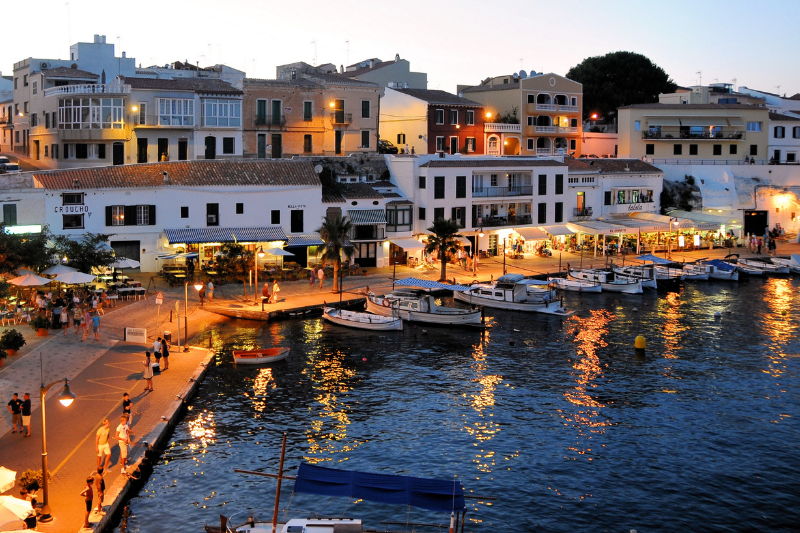


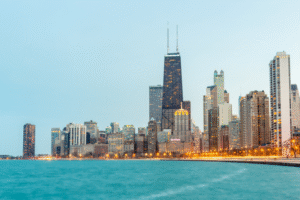
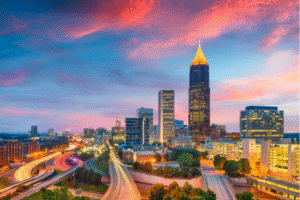
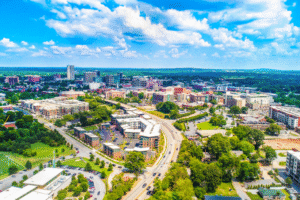
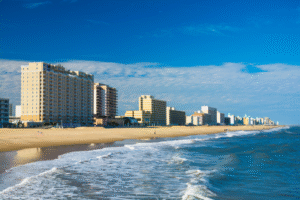
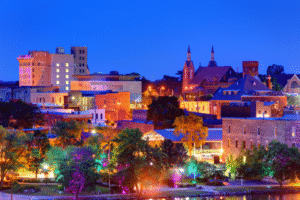
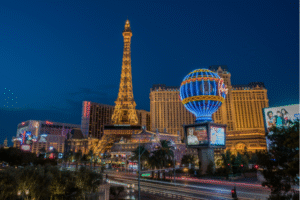
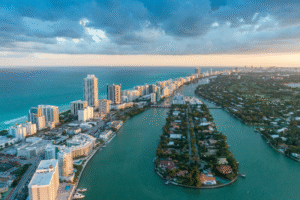


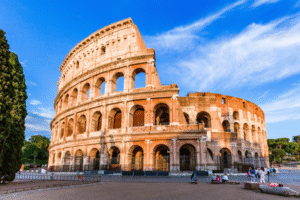
One Response
CreatBot D600 Pro 2 is a advanced industrial 3D printer designed for engineers requiring precision, dependability, and flexibility in 3D printing devices. As part of the D600 series, it incorporates a large build volume, advanced dual extruder technology, and top-tier features suitable for industrial use and varied materials.
CreatBot D600 Series Overview
The CreatBot D600 Series and D600 Pro models establish benchmarks for large-scale 3D printers solutions. With a printing area of 600 ? 600 ? 600 mm, these industrial 3D printers cater to a wide range of industrial 3D printing demands, from large model prototyping to end-use production. The D600 pro series and the latest D600 Pro 2 introduce further improvements in performance and material compatibility.
Key Features and Advantages
Large Industrial Build Volume
Build size: 600 ? 600 ? 600 mm
Ideal for large-scale 3D printer projects and industrial 3D printing
Supports engineering-grade materials and intricate models
Dual Extruder System and High-Temperature Printing
4th generation dual 1.75mm extruders for multi-material printing
Right and left extruder design for flexible printing process
Supports high performance 3D materials, including PLA filament, nylon filament, carbon fiber, and more
Maximum nozzle temperature: up to 420°C (high temperature)
Heated build chamber for premium applications
Precision, Speed and Reliability
Professional 3D print quality with accurate layer resolution
Advanced motion system for high-speed printing and robust performance
Consistent print speed up to 120 mm/s
Reliable operation for continuous industrial use
Compatible Materials and Filaments
Wide Filament Compatibility
Works with a broad spectrum of filament types: PLA, ABS, PC, PETG, PVA, nylon, carbon-fiber, and more
Designed for technical materials and functional prototyping
Advanced dual extrusion system enables multi-material and soluble support printing
Uses: Prototyping & Manufacturing
The CreatBot D600 Pro 2 model and D600 Pro 3D printer serve a diverse set of applications:
Rapid prototyping and large format 3D print models
Functional parts for automotive, aerospace, and engineering
Tooling, jigs, and fixtures for industrial production
Art, architecture, and creative projects requiring large-scale industrial 3d printing
Specs
Models: CreatBot D600 Pro 2, D600 Pro, D600
Build size: 600 ? 600 ? 600 mm
Extruder: Dual extruder, 4th generation 1.75mm dual extruders and hotends
Maximum extruder temperature: 420°C
Heated bed: up to 100°C
Filament diameter: 1.75 mm
Layer resolution: 0.05 – 0.3 mm
Supported materials: PLA, ABS, PC, PETG, PVA, nylon, carbon fiber, engineering-grade materials
Print speed: up to 120 mm/s
Enclosure: Heated, for improved material properties
Interface: Touchscreen interface
Supported file types: STL, OBJ, AMF
Comparison: D600, D600 Pro, and D600 Pro 2
Key Differences
D600: Entry-level industrial large scale 3d printer for basic applications
D600 Pro model: Enhanced with heated chamber, auto bed leveling, and wider material support
D600 Pro 2 (pro version): Adds higher printing speed, improved reliability, and HS (high speed) configuration
Other CreatBot Models
CreatBot D1000 HS for even larger build volumes
CreatBot 3D printer includes industrial and professional 3d printer solutions
FAQ
Compatible Materials for CreatBot D600 Pro 2
The CreatBot D600 Pro 2 is compatible with a wide range of filament types including PLA, ABS, PETG, PC, nylon filament, carbon fiber, and other engineering-grade materials.
Maximum Build Volume of D600 Pro 2
The printing volume is 600 ? 600 ? 600 mm, supporting large-scale and industrial 3d printing needs.
Dual Extruder and High-Temp Support on D600 Pro 2
Yes, it is equipped with dual extruder technology and reaches up to 420°C for high-temperature printing.
Differences Between D600 Pro 2 and D600 Pro
The D600 Pro 2 offers higher printing speed, improved reliability, and the new HS (high speed) option.
Conclusion
The CreatBot D600 Pro 2 and the D600 Pro set the benchmark in the industrial large scale 3d printer category. With exceptional build size, robust dual extrusion system, compatibility with engineering-grade materials, and high performance across applications, they empower businesses and engineers to achieve new heights in industrial 3d printing.
high temperature
professional large format 3d printer
4th generation 1.75mm dual extruders
filament